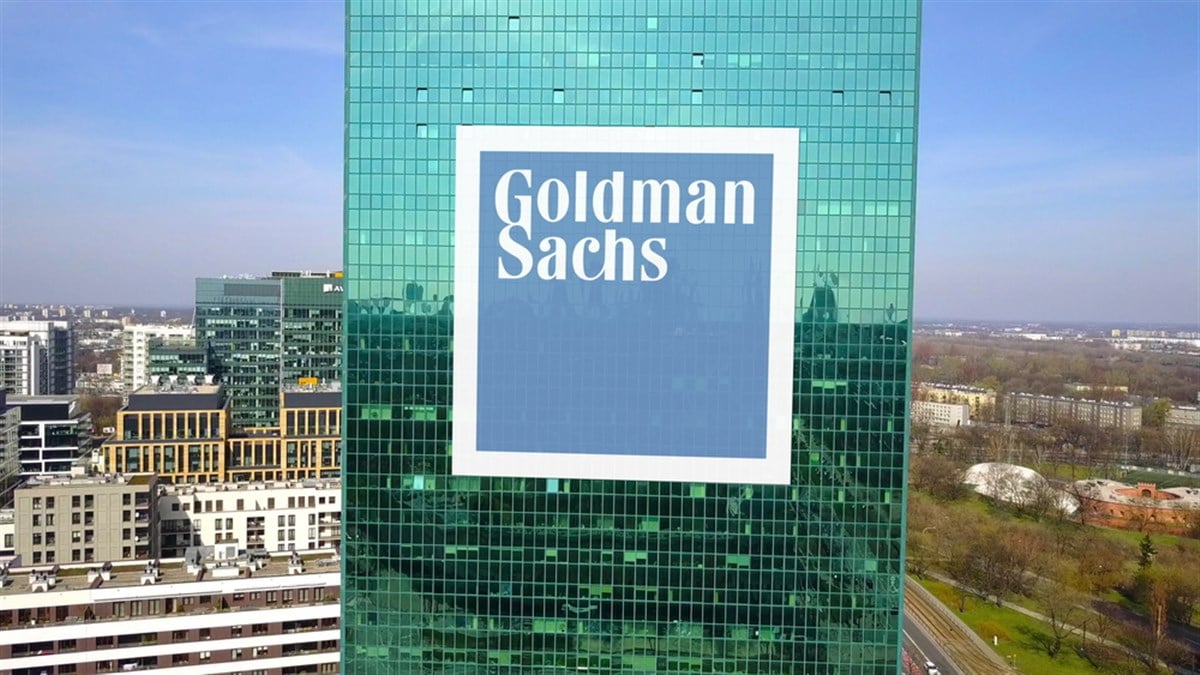
Now that the new earnings season has kicked off, investors would benefit from watching—and breaking down—what the earnings for some of the country’s biggest banks have to say about the rest of the economy and the stock market. The best way to gauge this is through the financial sector, as banking stocks release their latest earnings.
Today, investment bank giant Goldman Sachs Group Inc. (NYSE: GS) reports its latest quarterly results, showing investors and the rest of the market where the interest in profit-taking and profit-seeking activities may be today. Some pay millions in fees to these asset managers and banks to access their insights and advice, but investors can get a glimpse of it for free today.
By understanding where money flows in and out of Goldman Sachs’ businesses, investors can safely project what the market and the economy may look like a few quarters from now so that they can adjust their portfolios and land on the winning side of history. Without digging too much into indicators and financials, here’s the main trend Goldman Sachs reported as a result of client interest and activity.
Trading Profits Soar as Equity Underwriting Surges: What It Means for Stocks
There’s a reason Goldman Sachs stock rallied to start the day after the announcement, only to give up these gains throughout the trading day. While the bank generated some record fees, exceeding expectations, the rest of the business shows a warning sign for the stock market.
With a beat in trading revenues, investors can probably assume that Goldman Sachs traders were once again on the right side of the trend as the S&P 500 made a new all-time high (a few, actually) and also rode the tailwinds found in other asset classes like Gold.
This is why commodity fees also reached a record this quarter. Still, there’s one offset to the records being made in stocks and commodities. Fixed-income departments lagged, reporting a contraction in revenues of up to 12% over the year, while equities saw an 18% increase during the same period. Here’s what that means for investors.
As stocks become volatile and reach new all-time highs, people look to trade more actively in these products, which doesn’t say much. Where investors can find direction is through the underwriting activity in the banks.
Equity underwriting saw a 25% boom over the year, meaning companies are issuing more stock than last year. Now, companies typically issue stock when management believes it to be expensive relative to its intrinsic value, as the opposite is true when management buys back stock.
So, considering that no activity was made in debt underwriting compared to equity underwriting, investors should not be surprised to see the SPDR S&P 500 ETF Trust (NYSEARCA: SPY) falling by nearly 1%. The iShares 20+ Year Treasury Bond ETF (NASDAQ: TLT) was up almost 1% after the announcement.
Why? Goldman’s results mean corporations are issuing stock due to their perception of being expensive, while less debt is being issued because it’s considered cheap today. Following this trend, investors can assume that bonds might be a better deal today than stocks, at least on a relative valuation basis.
This view can be seen in another recent earnings report from BlackRock Inc. (NYSE: BLK), the world’s largest asset manager, which shows where its clients are being advised to invest. The bulk of the capital flows showed to favor bonds over stocks, which investors now need to internalize in their own strategies today.
Goldman Sachs Moves Away from Consumer Business on Weakness
Another major trend for investors to consider, which affects the consumer discretionary sector more than anything, is the way Goldman Sachs moved out of their consumer-based digital platforms as the state of the consumer began to weaken during the year.
The trend is amplified when investors note the bank reported up to $997 million in provisions for credit losses, an insurance against disaster that rose by 121% over the past 12 months. This is an industry-wide issue, as other commercial banks like Bank of America Co. (NYSE: BAC) also report rising loss provisions and credit delinquencies.
While banks are turning away from the consumer segment, they are now reporting higher investment banking fees as well, something to be expected from a corporate bank as interest rates come down. Dealmaking is dependent on flexible financing rates, so at least investors can deduce that the business cycle is running strong today.
These trends don’t mean investors should run away from all stocks. What investors need to carry forward is a sort of value-hunting mentality. Knowing that Goldman Sachs’ clients are ditching expensive stocks today probably means that the potential upside and returns in the market will be found in cheaper companies with high growth prospects.